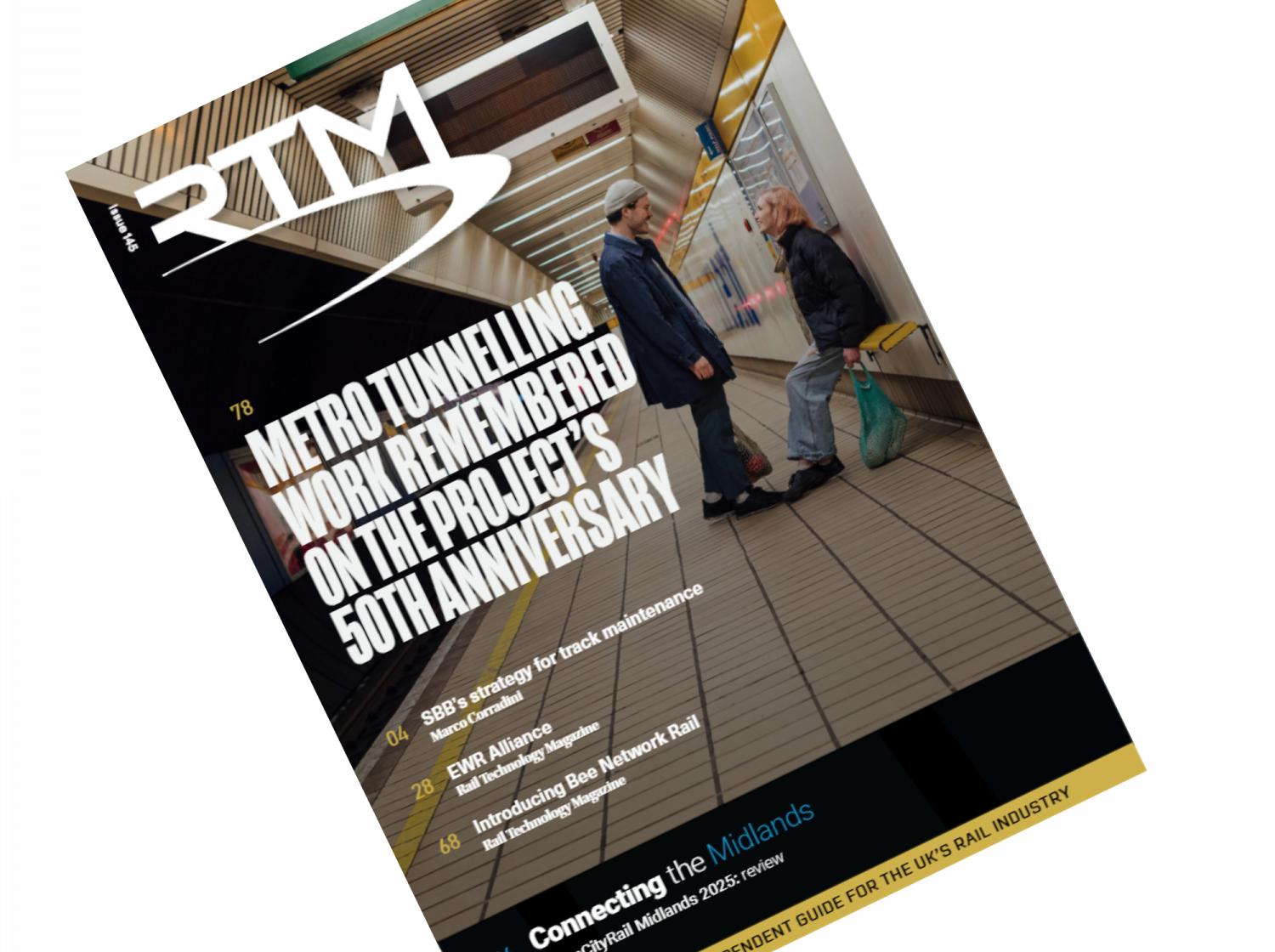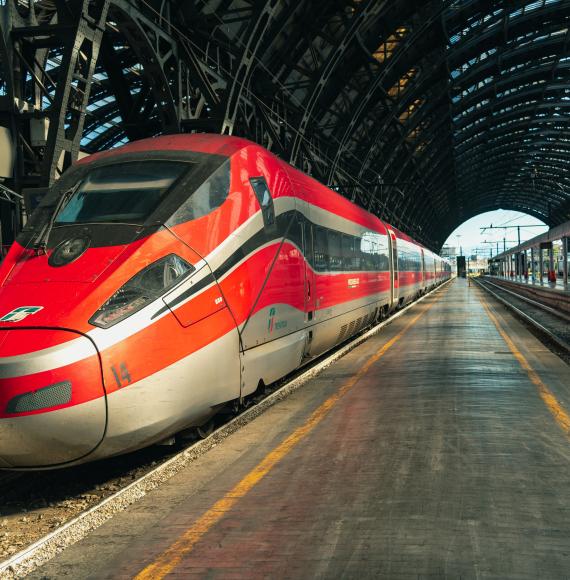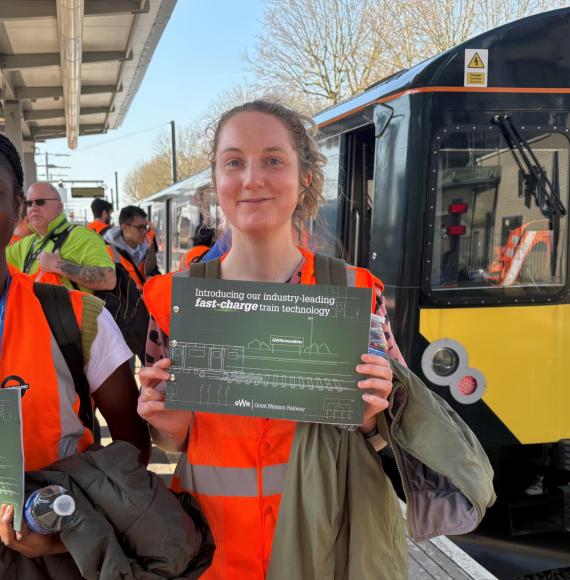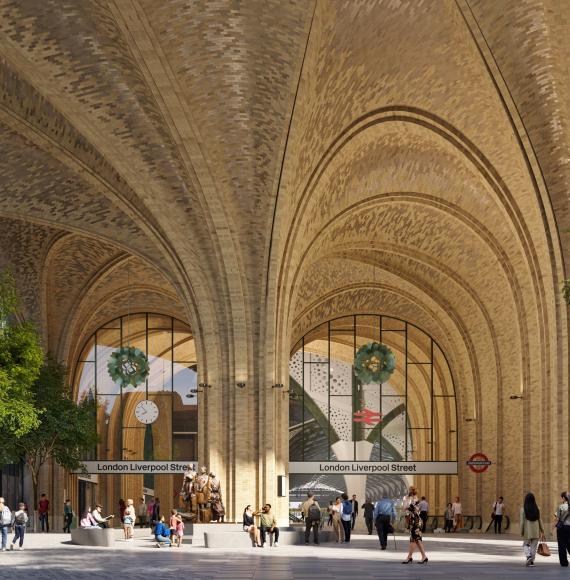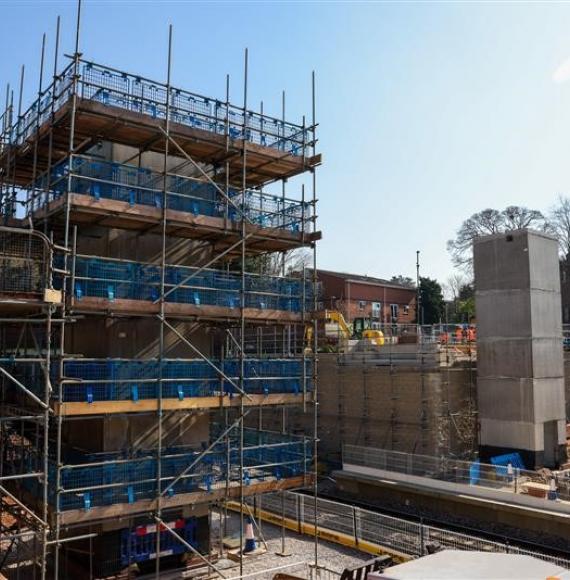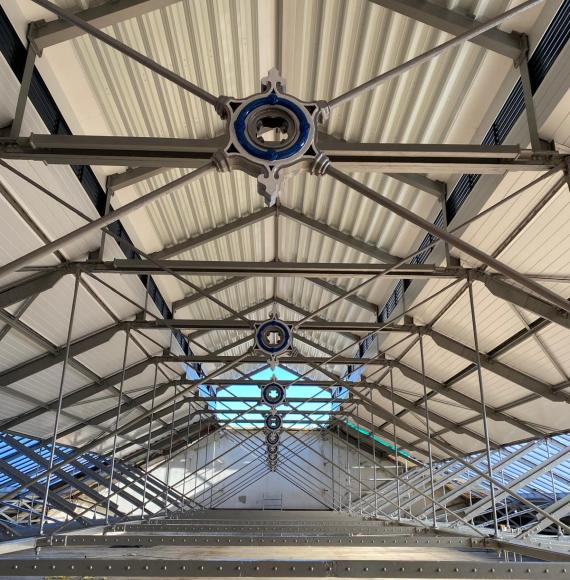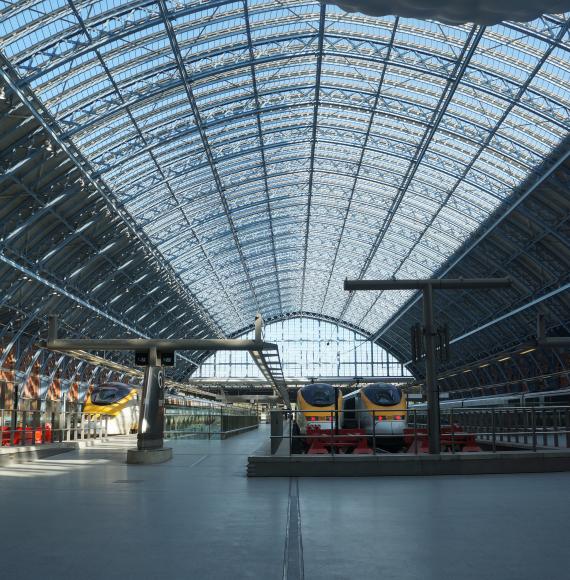Following the removal of old disused track and redundant infrastructure from the former Leven branch line, as part of works for the Levenmouth rail link project, Network Rail has offered the equipment to a range of heritage railways to support their respective projects.
A team of 10-12 people extracted the redundant track with an excavator and trailer, after which it was itemised and shared with heritage railway team groups – with those such as Leven Heritage, Shed 47 Dunfermline Caledonia Heritage society and Boness Heritage railway all receiving significant quantities of track and sleepers.
Network Rail have committed to minimising their carbon footprint and increasing environmental sustainability during the project, with 100% of the removed track reportedly set to be reused, recycled, or repurposed during the Levenmouth rail link project.
Joe Mulvenna, Network Rail Project Manager for the Levenmouth Rail link said: “This is the most significant phase of preparatory work so far on the project and we are literally clearing the way for the start of construction early next year.
“While clearing the old track breaks a link with the past, it’s important that we can re-use and recycle the redundant assets for use on heritage railways and some can be repurposed for the new line.
“It’s great to see local groups benefit from what was a redundant asset and to know the old Levenmouth railway will again serve passengers on the heritage railways, including locally in Fife.”
In completing the removal of the redundant and life-expired railway equipment, Network Rail has reached an important next step in the Levenmouth project, and it represents the most significant work completed to date.
Removal of the disused track and excavating the old ballast will also help create a clear area for when construction on the new lines is due to begin in early 2022.
These next steps for the project will include the sinking of a significant number of trial boreholes along the 5-mile route. As well as testing the ground, they will also sample for contamination.
This will further inform the design development and construction methodology, with the project due to start on-site from that early 2022 date.



